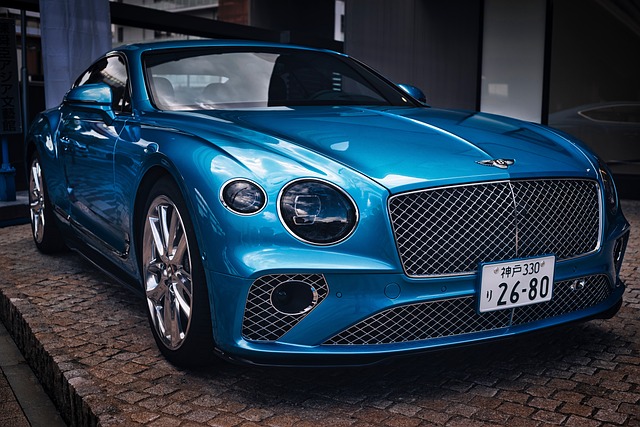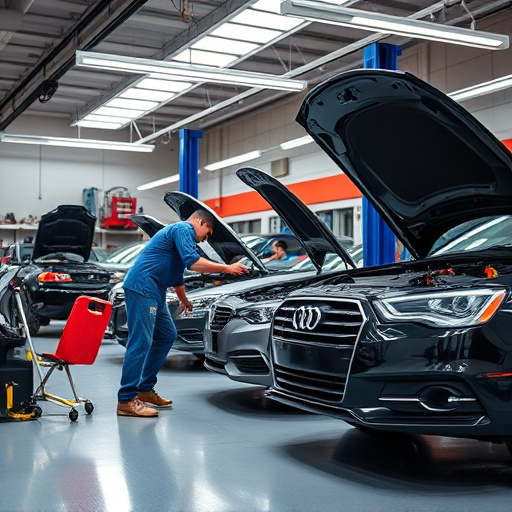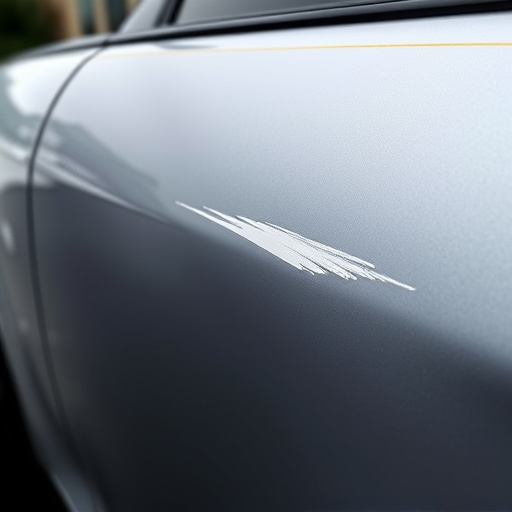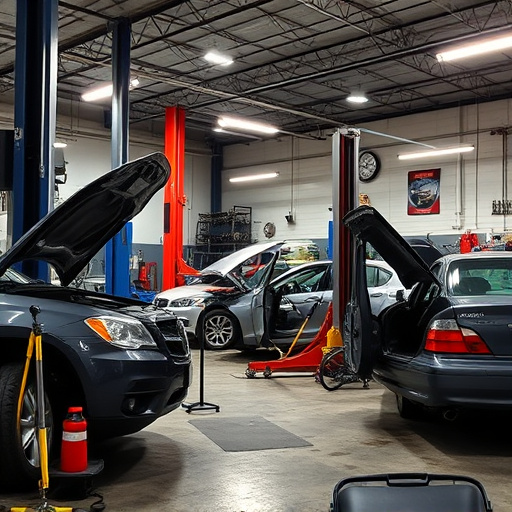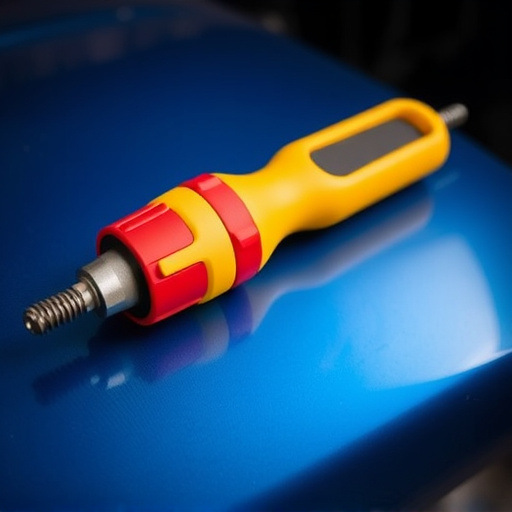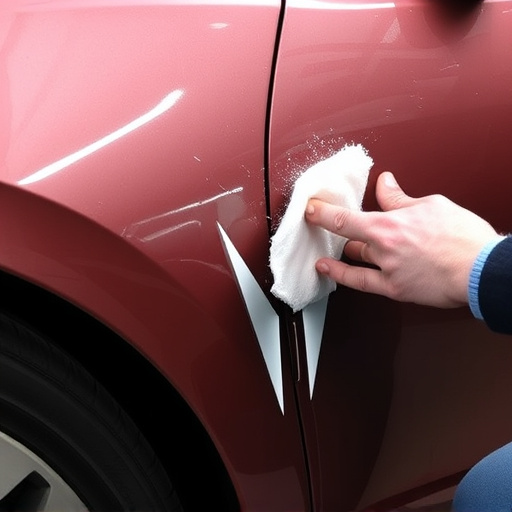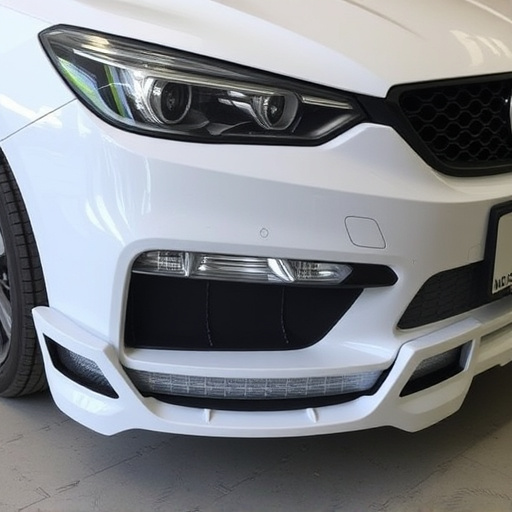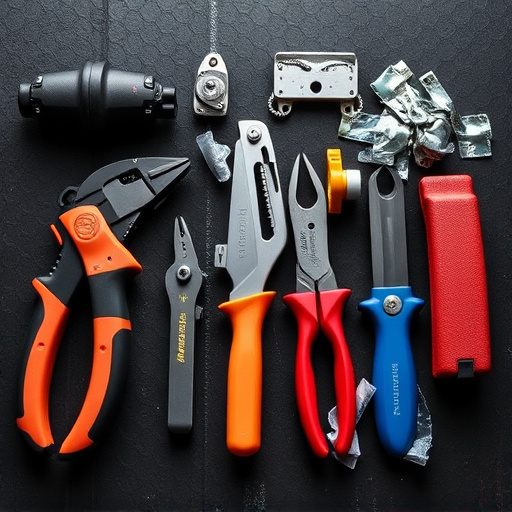Compact car body work is a specialized field requiring skilled technicians to handle repairs and customizations. It involves working with lightweight materials, intricate panels, and strategic components while maintaining structural integrity for both safety and aesthetics. The selection of high-quality steels and advanced composite materials enhances performance and longevity. Modern design trends focus on aerodynamics, streamlining contours for better fuel efficiency and range, while ensuring easy future auto maintenance.
“Unveiling the secrets behind successful compact car body work, this comprehensive guide delves into the intricate elements that define their structure, durability, and design. From understanding the unique challenges of compact cars to selecting robust materials for enhanced efficiency, each aspect plays a pivotal role.
We explore how thoughtful design considerations, particularly in aerodynamics and aesthetics, contribute to not only performance but also the car’s distinctive style. Discover the key factors that transform compact car body work into a harmonious fusion of functionality and aesthetics.”
- Understanding Compact Car Body Structure
- Choosing Durable Materials for Efficiency
- Design Considerations for Aerodynamics and Style
Understanding Compact Car Body Structure
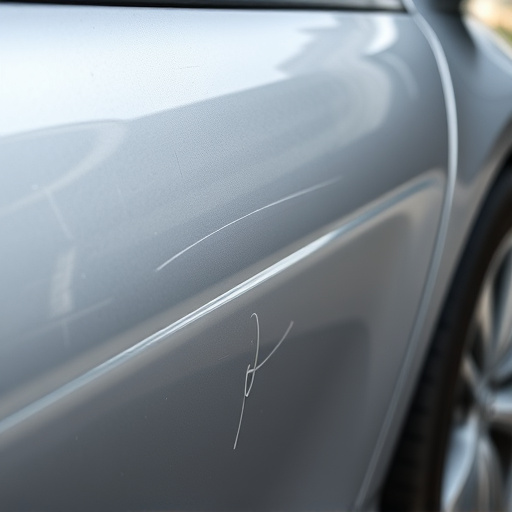
The compact car body is a carefully engineered masterpiece, designed to deliver optimal performance and efficiency while maintaining a sleek and stylish exterior. Understanding its structure is paramount for any auto body shop tackling repair or customization tasks. These vehicles often feature lightweight materials like steel and aluminum alloys, strategically placed to enhance structural integrity without compromising fuel economy. The body work involves intricate panels that wrap around the car’s framework, creating a streamlined shape.
When it comes to compact car body work, skilled technicians must be adept at handling various repairs, from minor dent repair and scratch removal to more complex frame straightening. Each component, from the roof to the doors and fenders, plays a role in achieving that perfect finish. The seamless integration of these parts is what sets apart a good auto body shop from an exceptional one, ensuring the car not only looks great but also retains its structural soundness.
Choosing Durable Materials for Efficiency
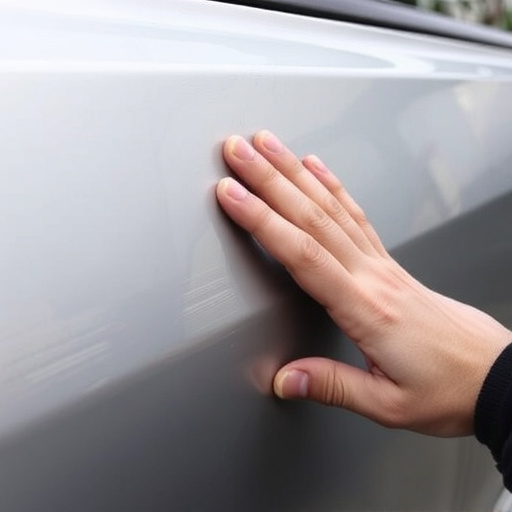
When it comes to compact car body work, selecting durable materials is paramount for both performance and longevity. The choice of material plays a crucial role in ensuring the vehicle’s exterior withstands the rigors of daily driving, harsh weather conditions, and potential accidents. High-quality steels, known for their strength and flexibility, are often preferred in compact car manufacturing due to their ability to absorb impact energy during collisions, enhancing safety standards. These advanced steel alloys can be further reinforced with structural adhesives, creating a robust framework that contributes to the overall rigidity and crashworthiness of the vehicle.
For those seeking superior durability and lightweight properties, composite materials have gained prominence in modern compact car body work. Carbon fiber and fiberglass are excellent examples, offering exceptional strength-to-weight ratios while reducing overall vehicle weight. This not only improves fuel efficiency but also diminishes the environmental impact, aligning with the growing demand for eco-friendly transportation solutions. Moreover, these advanced composites can be molded into intricate designs, enabling car manufacturers to achieve aesthetic appeal and distinctive styling without compromising structural integrity, a factor that sets them apart from traditional metal body work, as seen in top-tier brands like Mercedes Benz repair specialists who offer expert bodywork services for dent removal and more.
Design Considerations for Aerodynamics and Style

The design of a compact car’s body work goes beyond aesthetics; it’s a delicate balance between style and functionality, particularly when it comes to aerodynamics. Streamlined contours and curved lines are key elements in achieving not just a visually appealing vehicle but also one that cuts through air with ease. This is especially crucial for compact cars, which often face the challenge of balancing fuel efficiency and driving dynamics. A well-designed body work reduces drag, enhancing both performance and range.
Incorporating modern design trends while considering the practical needs of compact car owners requires a strategic approach. Stylish lines and elegant curves not only make these vehicles more desirable but also contribute to their overall aerodynamic performance. Moreover, the body work should be designed with future auto maintenance in mind, ensuring that repairs, such as scratch repair or collision repair at local collision repair centers, are straightforward and efficient without compromising structural integrity.
In conclusion, the success of compact car body work hinges on a delicate balance between structural integrity, material efficiency, and aerodynamic design. By understanding the unique challenges and opportunities presented by compact cars, and leveraging durable materials along with thoughtful design considerations, automotive engineers can create bodies that not only withstand daily use but also enhance fuel efficiency and contribute to the overall aesthetic appeal of these versatile vehicles. Mastering these key elements ensures the development of compact car body work that excels in both functionality and style.
